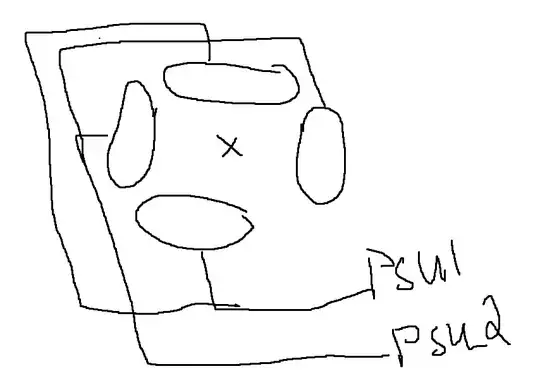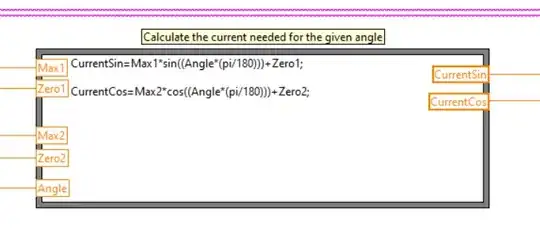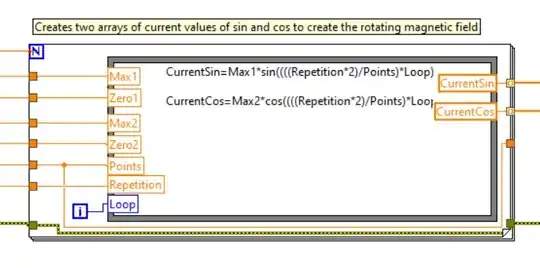How would you create a rotating magnetic field using 4 big electromagnets located equal distance around the DUT. The magnets are configured in pairs of two (magnets opposite each other), controlled by bipolar PSUs (2) in Constant current mode (the value which is changing).
Excuse the horrific picture but it should help visualize the problem. My question is what mathematical formulas would i need to create a rotating magnetic field using these, or what documents could i read to help get me there?
This will be software defined so formulas/mathematical solution is needed.
Any clarification, ask, and i will edit the question with it.


